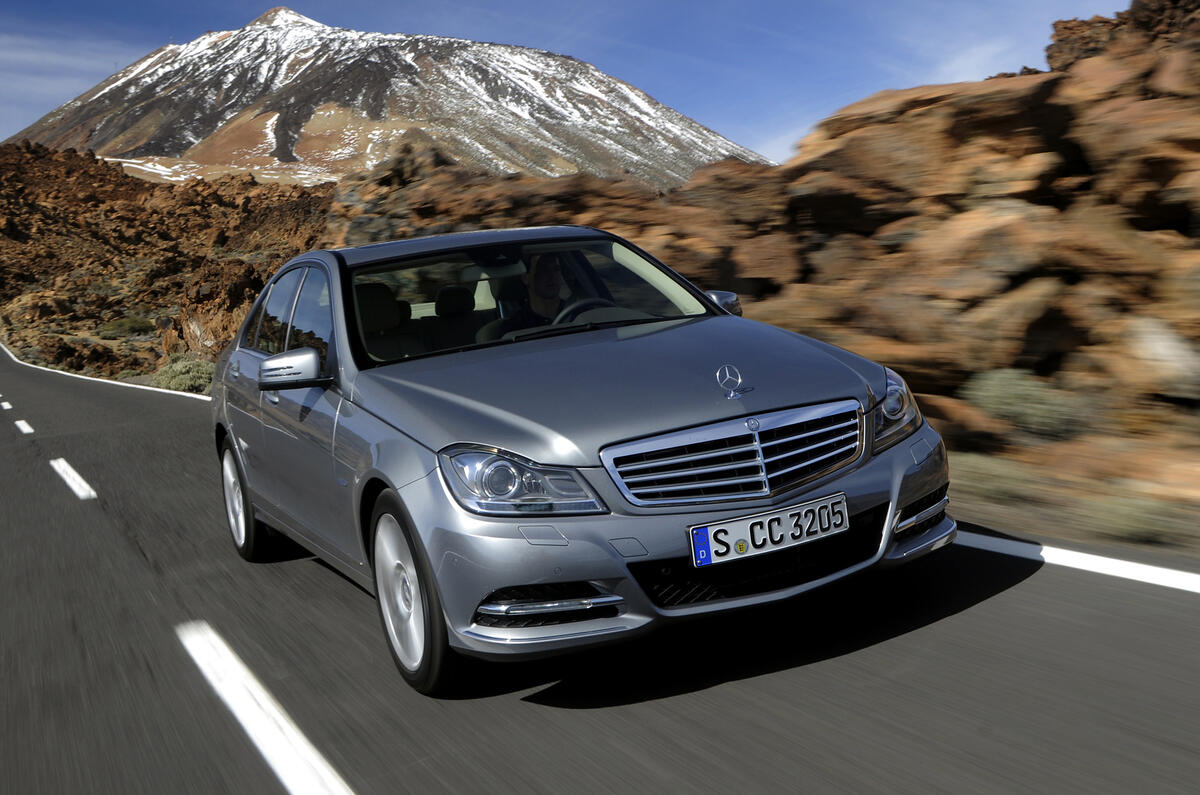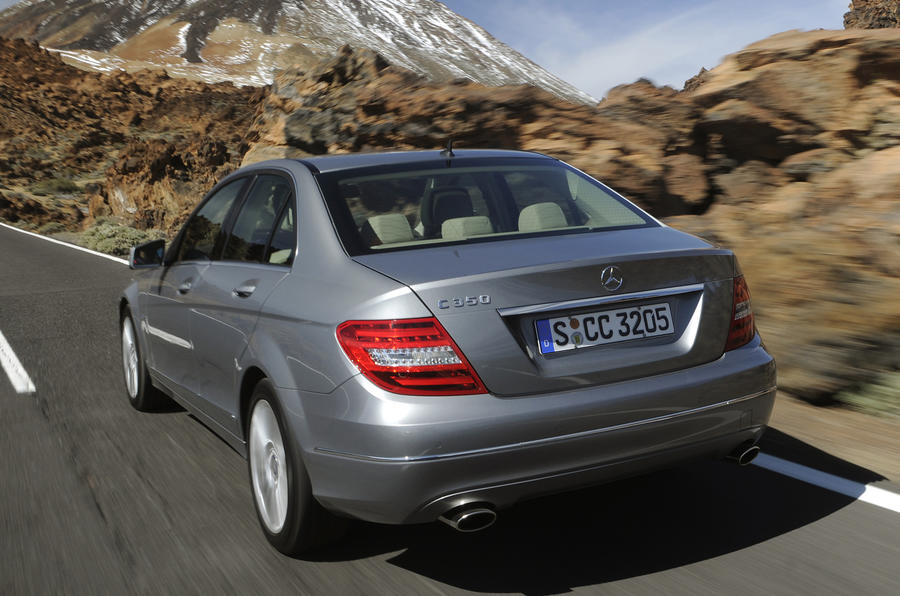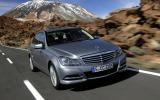What is it?
It may not appear so on the outside, but the latest changes to the C-class are more extensive than those of any other mid-life facelift carried out in Mercedes’ 125-year existence, the company claims. No fewer than 2000 individual components are said to have been replaced or altered.
What's it like?
You can pick out the new model by its more curvaceous headlamps, reprofiled bumpers, slightly more contoured aluminium bonnet and revised rear lamps. The changes inside are similarly subtle, led by a new upper dashboard fascia with a cubbyhole to house the monitor for latest Comand control system. There are also 10 new driving assistance programmes, but not all are standard.
The biggest changes are under the bonnet. Every engine has been upgraded and combined with a range of so-called BlueEfficiency features, including automatic stop-start.
The C 250 CDI saloon, driven here, slots in at the upper end of the line-up. Its 2.2-litre diesel engine is the same as that in the C 220 CDI but uses a second turbocharger and added boost pressure to increase power to 201bhp and torque to 369lb ft at 1600rpm.
The responsive nature of the engine and the silky seven-speed automatic gearbox (an option even on the C 250 CDI) make for effortless performance and class-leading levels of mechanical refinement. With a combined cycle average of 58.9mpg, it’s also more economical than before.
Changes to the underpinnings also make the new model a more engaging drive without ruining its wonderfully compliant ride. In short, it’s now an even more complete car.
Should I buy one?
Has Mercedes done enough to ensure the C-class remains competitive? On the strength of this C 250, it would appear so. But with a new BMW 3-series and facelifted Audi A4 due towards the end of the year, it won’t have it all its own way.
Mercedes-Benz C 250 CDI Elegance
Price: £31,565; Top speed: 149mph; 0-62mph: 7.0sec; Economy: 58.9mpg; CO2: 144g/km; Kerb weight: 1540kg; Engine: 4 cyls, 2143cc, twin-turbodiesel; Power: 201bhp at 4200rpm; Torque: 369lb ft at 1600rpm; Gearbox: 7-spd automatic











Join the debate
Add your comment
Re: Mercedes C250 CDI
The comparison with the SLK 250 CGI is not a diesel:diesel comparison. The SLK 250 CGI is petrol. Petrol contains less energy than diesel per gallon. Similarly it contains less carbon per gallon.
So if you compare a diesel car and a petrol car which are doing the same MPG, the diesel car has higher carbon emissions.
And if you compare a diesel car and a petrol car which are emitting the same CO2 per kilometer, the diesel car is giving better MPG.
Re: Mercedes C250 CDI
Don't know it's a good question :
I can speculate tho. If we take as a given diesel produces comparateively better rolling road results in the economy testing and worse c02. Could it be the C02 test involves a cold start and the economy test warm runnng? In that case the better thermal efficiency of the diesel might show comparatively worse figures to petrol on the Co2 test and better in the economy as the diesel takes more time to warm through.
Re: Mercedes C250 CDI
Why did they have to mess with the appearance ? Have they no confidence in what they did the first time ? The 3-Series needed cosmetic work , the C-class didn't.